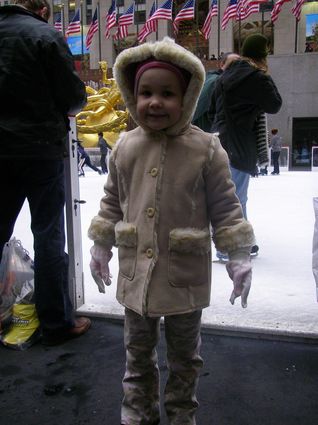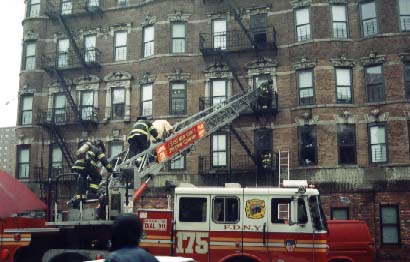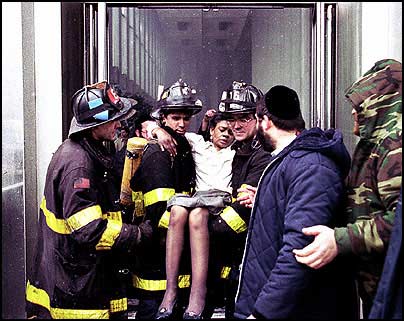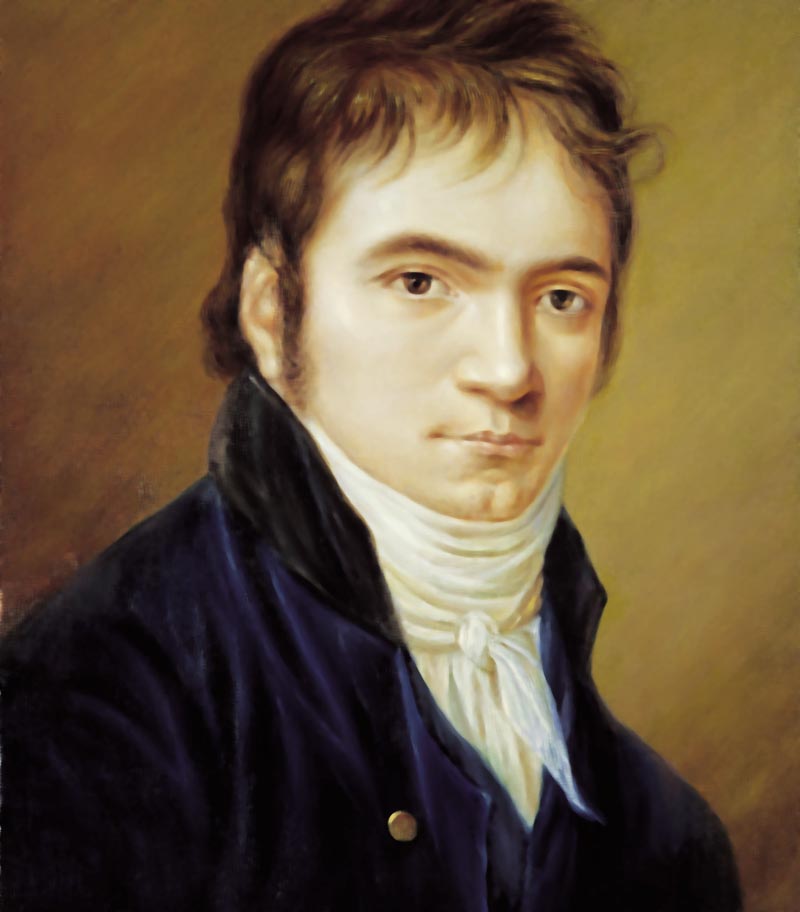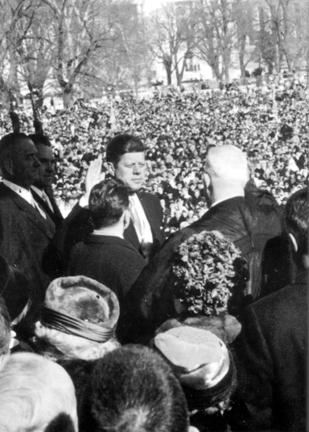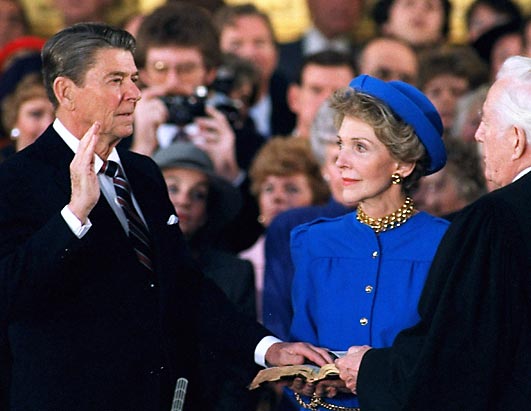So I'm getting ready to go home to visit my family for Thanksgiving, and I'm wondering what I should do a Daily Apple about. And I realize, I've already got Daily Apple entries for just about everything you might encounter on your typical Thanksgiving Day.
I find Thanksgiving Day confusing. For one thing, there are so many different days and years that people claim was the first Thanksgiving, and that's mostly due to the fact that there were lots of different settlements sprinkled here and there on the Atlantic Coast. And then, was it first declared a holiday by FDR, or by Abraham Lincoln, or by George Washington. One could make a case for any of those three.

Pretty soon, it all starts making about this much sense.
And then what did they eat (not pumpkin pie as we know it, that's for sure). The answer to that depends on when you say the first Thanksgiving happened. Some of the very early ones took place in the summer when people were overjoyed simply to have survived the killing winter. So if you say the first Thanksgiving was in the summer, there would have been various kinds of summer crops and grains, prepared in ways that aren't that familiar to us anymore. But if you say the first true Thanksgiving was when Lincoln proclaimed it so, in November, then the food would have been very different.
And of course it's also fraught with all kinds of discomfort because what was a celebration for white settler folk wound up meaning terrible devastation for native folks.
See? It's just not an easy or even a particularly nice topic to wrestle with on these here Daily Apple pages.
To me, what gives Thanksgiving Day meaning is not its complicated and sometimes unsettling history, but the time I spend with my family. It's kind of funny when I think about it because, in practice, Thanksgiving Day is a holiday devoted to sitting around with your family and friends, eating food and watching TV. And then later, going to the movies. It's what most of us probably already do with our families anyway. Yet this day says, "No, you must stop everything else you're doing and go hang out with your family and friends. And there must be turkey!"
Now, I know for some people, this time of year can be tough. Families may be broken up. There might be somebody missing from the table this year. You might not get along with everybody in your family the way you'd like to. It's not all happy cranberries and sugar and good times. I know this, believe me. But so do a lot of people. That may not seem like a comforting thought, but, well, here, let me show you.

Sisters Pamela and Ella and their deceased sister, Marjorie in the photo.
(Photo by Luis Sanchez, from the Cincinnati Enquirer)
In 2007, the Census Bureau surveyed 116 million households in the United States. They found out that:

This is Joey and Hina and Weifei.
(Photo by Anna on Picasa)
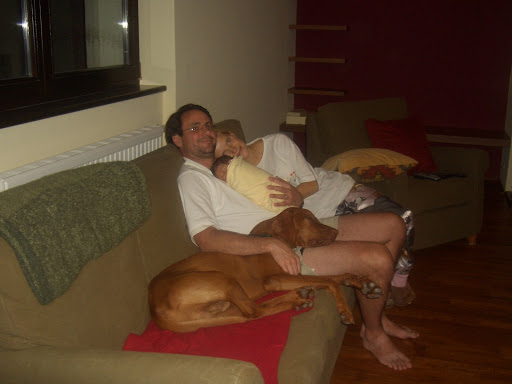
This is David with his family

This is Desiree Taggart's family -- or, as she says, only some of it.
(Photo from taggartsmyname's blog)

This family lives in Guam
(Photo from Zenhabits)
Okay, so here's my point. All of these households, in my mind, are families. Blood-related, adopted, married, or not. These are families. Relationships. And they all look different.
But we're all going to take a day, and go be with the people who gave birth to us or to whom we gave birth, our siblings, our nephews, our step-parents, our foster children, our spouses, our aunts, grandparents, cousins-in-law, great step-nieces, our friends, and we're just going to hang out. Spend the day. Eat some food. Watch TV. Be with each other. And I think that's nice.
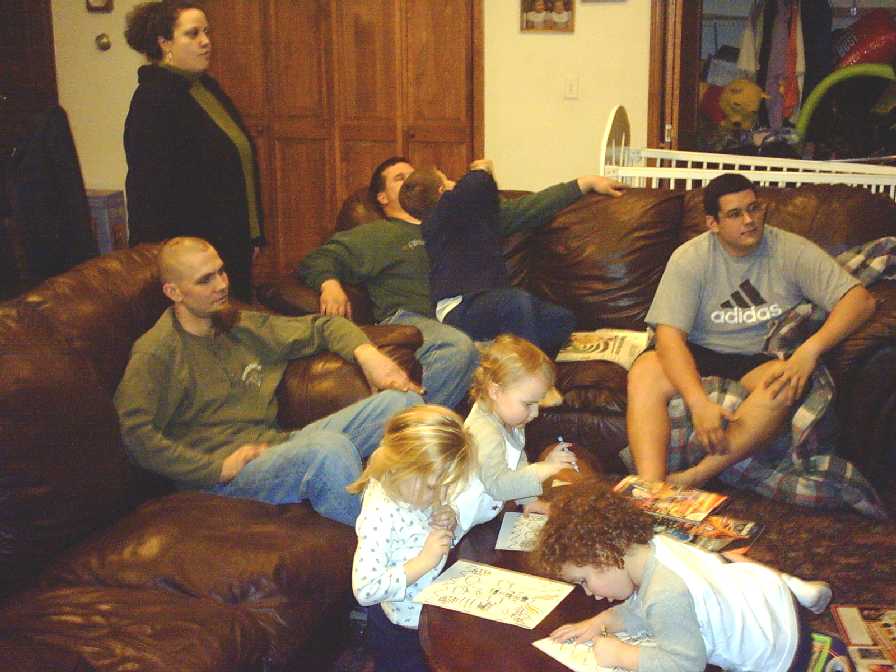
(Photo from Andy Macias' Family Photos)
Happy Be With Each Other Day.
Sources
US Census Bureau, America's Families and Living Arrangements: 2007
Purple Slinky, Strange Facts about Thanksgiving, November 3, 2008
- Turkey
- Cranberries
- Pumpkins and the pie
- I've got two entries about football
- There's information about the corduroy you might be wearing
- Even if you find yourself three sheets to the wind, I've got it covered
I find Thanksgiving Day confusing. For one thing, there are so many different days and years that people claim was the first Thanksgiving, and that's mostly due to the fact that there were lots of different settlements sprinkled here and there on the Atlantic Coast. And then, was it first declared a holiday by FDR, or by Abraham Lincoln, or by George Washington. One could make a case for any of those three.

Pretty soon, it all starts making about this much sense.
And then what did they eat (not pumpkin pie as we know it, that's for sure). The answer to that depends on when you say the first Thanksgiving happened. Some of the very early ones took place in the summer when people were overjoyed simply to have survived the killing winter. So if you say the first Thanksgiving was in the summer, there would have been various kinds of summer crops and grains, prepared in ways that aren't that familiar to us anymore. But if you say the first true Thanksgiving was when Lincoln proclaimed it so, in November, then the food would have been very different.
And of course it's also fraught with all kinds of discomfort because what was a celebration for white settler folk wound up meaning terrible devastation for native folks.
See? It's just not an easy or even a particularly nice topic to wrestle with on these here Daily Apple pages.
To me, what gives Thanksgiving Day meaning is not its complicated and sometimes unsettling history, but the time I spend with my family. It's kind of funny when I think about it because, in practice, Thanksgiving Day is a holiday devoted to sitting around with your family and friends, eating food and watching TV. And then later, going to the movies. It's what most of us probably already do with our families anyway. Yet this day says, "No, you must stop everything else you're doing and go hang out with your family and friends. And there must be turkey!"
Now, I know for some people, this time of year can be tough. Families may be broken up. There might be somebody missing from the table this year. You might not get along with everybody in your family the way you'd like to. It's not all happy cranberries and sugar and good times. I know this, believe me. But so do a lot of people. That may not seem like a comforting thought, but, well, here, let me show you.

Sisters Pamela and Ella and their deceased sister, Marjorie in the photo.
(Photo by Luis Sanchez, from the Cincinnati Enquirer)
In 2007, the Census Bureau surveyed 116 million households in the United States. They found out that:
- 78 million of those households contained families or married people.
- 37.5 million households were "non-family" or people who live together but are not related or married to each other.
This is Joey and Hina and Weifei.
(Photo by Anna on Picasa)
- About half of households had a married spouse present.
- 17 million households are headed by a divorced person; 11 million by a widow or widower.
- 22.6 million households are run by someone who never married.
- Most of us live in families of 2 or 3 people.
This is David with his family
- If we don't live with our families, we tend to live by ourselves and go visit.

This is Desiree Taggart's family -- or, as she says, only some of it.
(Photo from taggartsmyname's blog)
- Some of us live with families as large as 6 children or more.
- A few of us also live with families to whom we are not related.
- For those of us who run the house and have children, slightly more than half live with our children. Slightly less than half live apart from them.

This family lives in Guam
(Photo from Zenhabits)
- Some of our households -- about 7.5 million of us-- live with at least one family member who is 65 or older.
Okay, so here's my point. All of these households, in my mind, are families. Blood-related, adopted, married, or not. These are families. Relationships. And they all look different.
But we're all going to take a day, and go be with the people who gave birth to us or to whom we gave birth, our siblings, our nephews, our step-parents, our foster children, our spouses, our aunts, grandparents, cousins-in-law, great step-nieces, our friends, and we're just going to hang out. Spend the day. Eat some food. Watch TV. Be with each other. And I think that's nice.

(Photo from Andy Macias' Family Photos)
Happy Be With Each Other Day.
Sources
US Census Bureau, America's Families and Living Arrangements: 2007
Purple Slinky, Strange Facts about Thanksgiving, November 3, 2008

